M
I
C
R
O
S
T
O
R
Y
O
F
A
R
T
........................................................
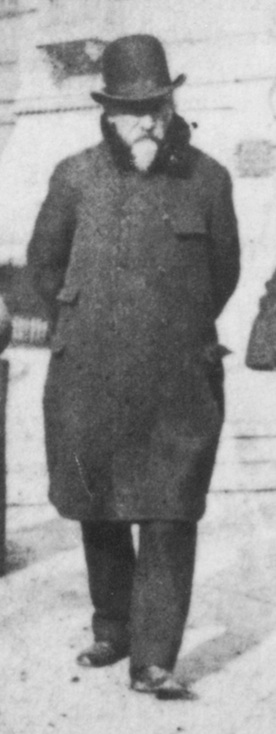
NOW COMPLETED:
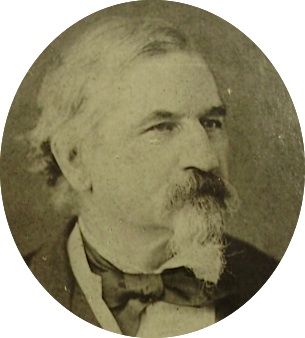
........................................................
MICROSTORY OF ART
ONLINE JOURNAL FOR ART, CONNOISSEURSHIP
AND CULTURAL JOURNALISM
........................................................
INDEX | PINBOARD | MICROSTORIES |
FEATURES | SPECIAL EDITIONS |
HISTORY AND THEORY OF ATTRIBUTION |
ETHNOGRAPHY OF CONNOISSEURSHIP |
SEARCH
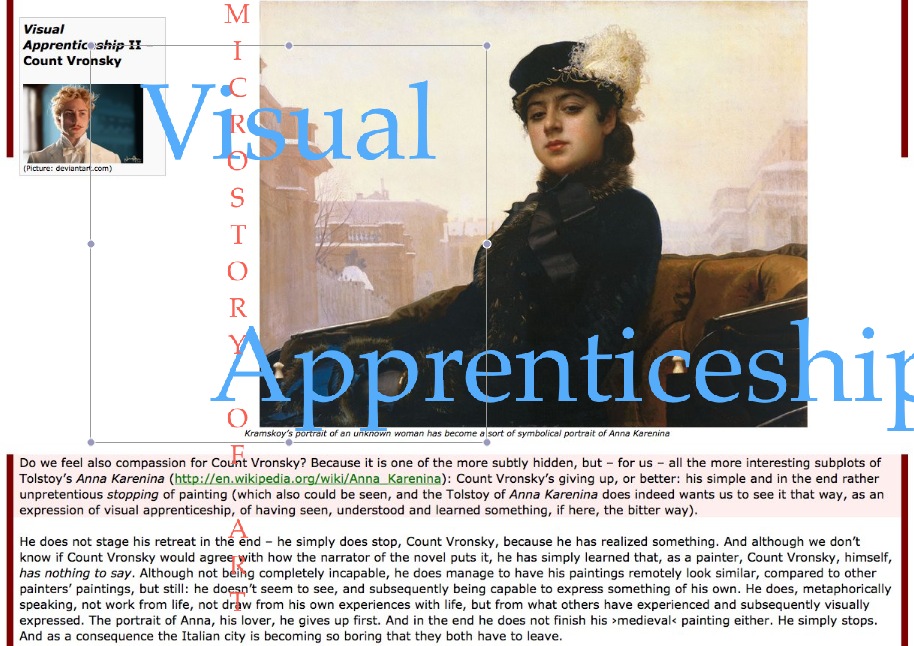
........................................................

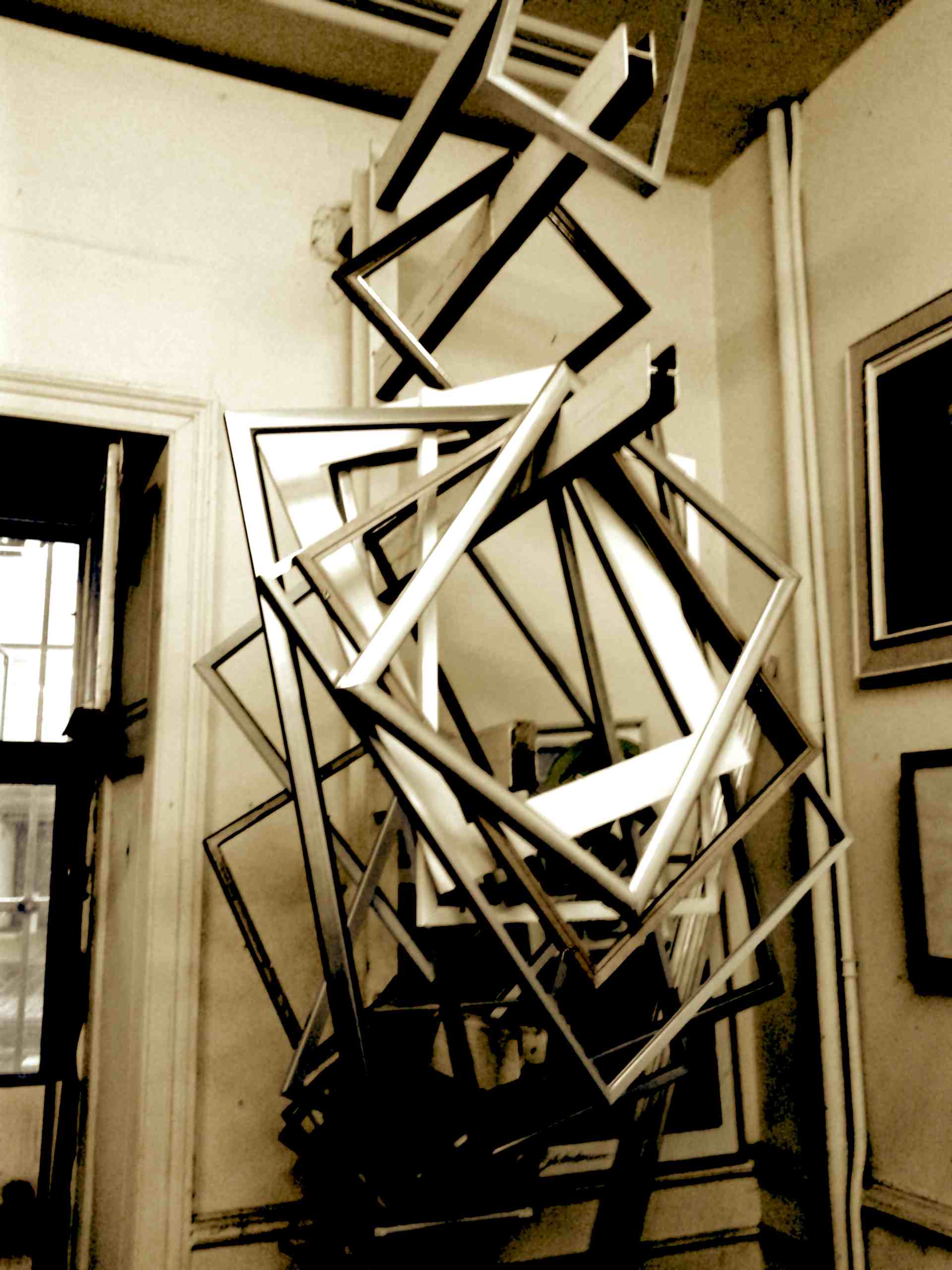
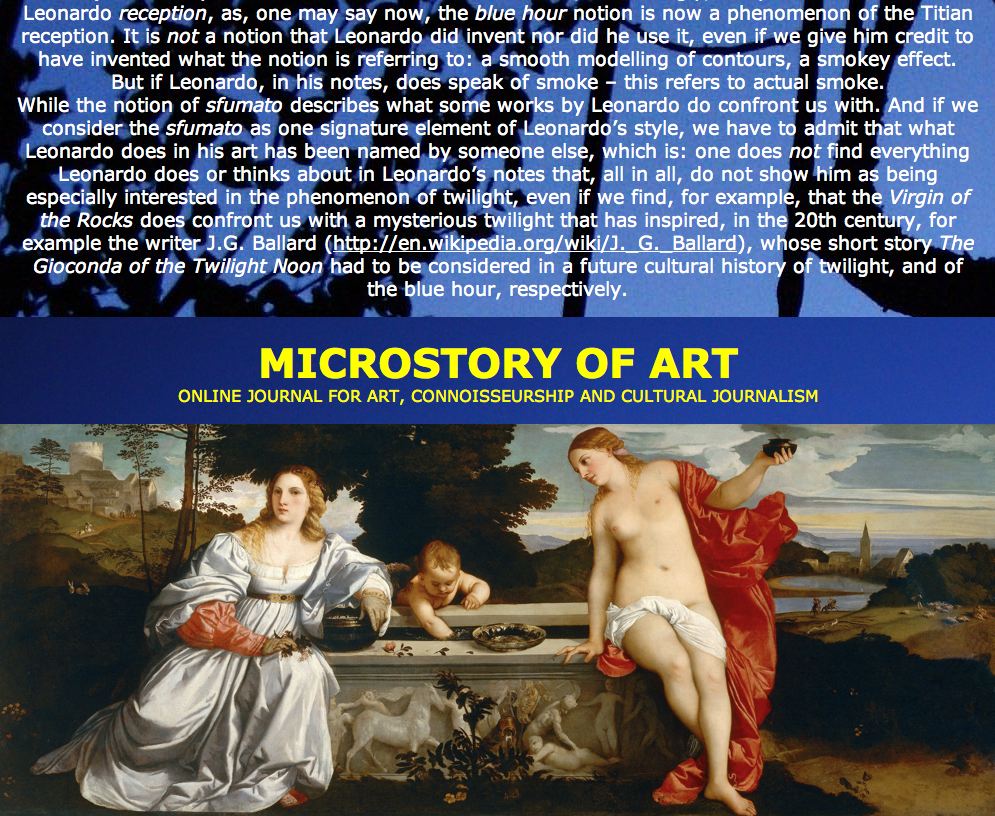
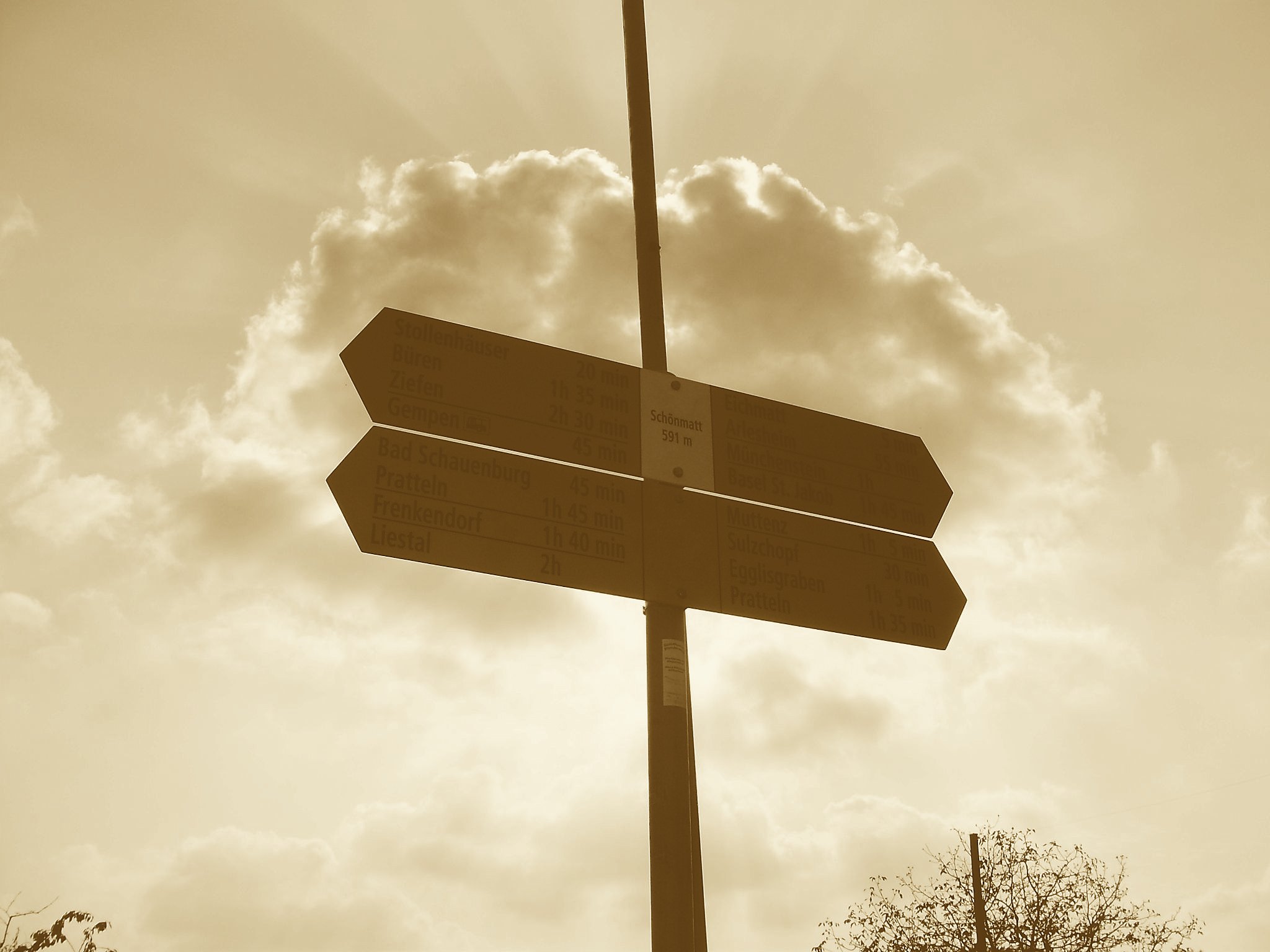 >MICROSTORIES
>MICROSTORIES
- Richard Serra
- Martin Scorsese
- Claude Simon
- Sunshine
- Werner Herzog
- The Creation
- Marcel Duchamp
- Nino Rota
- Wölfflin and Woolf
- Hansjörg Schneider
- Kraftort Arkadien
- Visual Biography
- Schlaraffenleben
- Die Geisteswissenschaften
- The Voyeur
- Buzzword Sustainability
- Paul Verlaine
- Tao Yuanming
- New Beginning
- Seneca
- Still Lifes
- Charles Baudelaire
- Frédéric Chopin
- The Art History of Sustainability
- Wang Wei
- Solarpunk
- Historians of Light
- Lepanto
- Renaturalization
- Plates
- Snow in Provence
- Learning to See
- Picasso Dictionaries
- Peach Blossom Spring
- Picasso Tourism
- Tipping Points
- Sviatoslav Richter
- Weather Reports
- Treasure Hunt
- Another Snowscape in Picasso
- Picasso in 2023
- Dragon Veins
- The Gloomy Day
- The Art of the Pentimento
- Reforestation
- The Status of Painting
- Emergency Supply
- Punctuality
- Watching Traffic
- Zhong Kui
- How Painting Survived the 1990s
- Confirmation Bias
- Sustainability and Luxury
- Garage Bands
- Picasso and Artificial Intelligence
- Eyes of Tomorrow
- Picasso in 2023 2
- Gluing Oneself to Something
- Suburbia
- Bamboo
- Sustainability and Carpe Diem 1
- Interviews with Bruegel
- Sustainability and Carpe Diem 2
- Coffee & Sugar
- Bamboo 2
- Picasso in 2023 3
- Sustainability and Carpe Diem 3
- Cherry Orchard
- Old Magazines
- Chance
- Nick Drake
- Harlequin
- The Smartphone & the Art Book
- Atlas Syndrome
- The Kitchen
- Atlas Syndrome 2
- Consideration
- Tori Amos
- School
- Orchard Auctioning Day
- The Hundred Years’ War
- Sócrates
- Chameleon
- Nefertiti Bust
- Picasso as a Computer
- Sunflowers
- Philemon & Baucis
- Ode to the Radio
- Childhood
- Wimmelbild
- Restitution
- Nick Drake 2
- Wishful Thinking
- Sundays
- The Independent Scholar
- September
- The Fisherman by Pirosmani
- Microadventure
- Sociology
- Salvator Mundi
- Chillon
- Appassionata
- Amber
- Homer
- Berlin
- Planet Walk
- Improvisation
- Seeing Picasso
- These Nice Kids
- Robber
- The One
- The Sea Turtle
- Zoo
- Through the Hush
- Wunderkammer
- I Do Not Seek, I Find
- Shopping Mall
- Food Hamper
- The Secretary
- This Gate
- Nor Rainy Day
- House on a Hill
- Beautiful Island
- Second-hand Bookstore
- Flat
- Slap in the Face
- Serra, Wenkenpark
- Apologies
- The Bells
- Nordmann Fir
- Picasso Wanting To Be Poor
- Picasso, Pirosmani
- A Brief History of Sculpture
- 24 Sunsets
- Rusty Phoenix
- Glove
- Wintry Stanza
- A Song
- Like A Beatle
- Catching An Orange
- Solar Bees
- Permaculture

 >FEATURES
>FEATURES
- Van Gogh On Connoisseurship
- Two Museum’s Men
- Ende Pintrix and the City in Flames
- Titian, Leonardo and the Blue Hour
- The Man with the Golden Helmet: a documentation
- Un Jury d’admission à l’expertise
- Learning to See in Hitler’s Munich
- Leonardo da Vinci and Switzerland
- The Blue Hour Continued
- The Blue Hour in Louis Malle
- Kafka in the Blue Hour
- Blue Matisse
- Blue Hours of Hamburg and LA
- A Brief History of the Cranberry
- The Other Liberale in the House
- The Blue Hour in Raphael
- Who Did Invent the Blue Hour?
- Monet on Sustainability
- Velázquez and Sustainability
- The Blue Hour in Guillaume Apollinaire
- Van Gogh on Sustainability
- The Blue Hour in Marcel Proust
- Picasso and Sustainability
- The Contemporary Blue Hour
- The Blue Hour in 1492
- The Blue Hour in Hopper and Rothko
- Hopper and Sustainability
- The Blue Hour in Ecotopia
- The Hour Blue in Joan Mitchell
- Explaining the Twilight
- The Twilight of Thaw
- The Blue Hour in Pierre Bonnard
- Explaining the Twilight 2
- Picasso on Stalin
- Rubens on Sustainability
- The Salvator Mundi in Bruegel and Rubens
- The Blue Hour in Leonardo da Vinci and Poussin
- The Blue Hour in Rimbaud
- Faking the Dawn
- Frost and Thaw in Ilya Ehrenburg
- Picasso, Stalin, Beria
- Picasso, Solzhenitsyn and the Gulag
- Shostakovich on Picasso
- Hélène Parmelin in 1956
- Historians of Picasso Blue
- Picasso Travelling to Moscow 1
- The Blue Hour in Caravaggio
- Picasso Travelling to Moscow 2
- Picasso, the Knife Game and the Unsettling in Art
- Some Notes on Leonardo da Vinci and Slavery
- Picasso Moving to the Swiss Goldcoast
- The Blue Hour in Camus
- The Blue Hour in Symbolism and Surrealism
- Caspar David Friedrich in His Element
- Exhibiting the Northern Light
- Caspar David Friedrich in His Element 2
- Robert Schumann and the History of the Nocturne
- The Blue Hour in Robert Schumann
- Caspar David Friedrich and Sustainability
- The Twilight of Thaw 2
- Multicultural Twilight
- The Blue Hour in Anton Chekhov
- The Blue Hour in Medieval Art
- Twilight Photography
- The Blue Hour in Bob Dylan
- Iconography of Optimism

 >SPECIAL EDITIONS
>SPECIAL EDITIONS
- Visions of Cosmopolis
- Mona Lisa Landscapes
- Turner and Ruskin at Rheinfelden
- Painters On TV & On TV
- Spazzacamini in Art
- A Last Glance at Le Jardin de Daubigny
- The Experimental Cicerone
- A Dictionary of Imaginary Art Historical Works
- Iconography of Blogging
- Begegnung auf dem Münsterplatz
- Cecom
- Das Projekt Visual Apprenticeship
- Those Who See More
- A Fox on Seeing with the Heart
- Sammlung Werner Weisbach
- Daubigny Revisited
- Some Salvator Mundi Microstories
- Some Salvator Mundi Afterthougths
- Some Salvator Mundi Variations
- Some Salvator Mundi Revisions
- A Salvator Mundi Questionnaire
- A Salvator Mundi Puzzle
- Unknown Melzi
- Francis I and the Crown of Charlemagne
- From Amboise to Fontainebleau
- Drones Above Chambord
- Looking Back At Conques
- Flaubert At Fontainebleau
- Images of Imperial Ideology
- The Chronicles of Santa Maria delle Grazie
- Seeing Right Through Someone
- Melzi the Secretary
- Eying Glass
- A Foil to the Mona Lisa
- A Renaissance of the Cartoon
- Sketching a Family Tree
- Venetian Variations
- A Brief History of Digital Restoring
- A Consortium of Painters
- Leonardeschi and Landscape
- A Christ in Profile
- Learning to See in Spanish Milan
- A History of Gestures
- Leonardo and Josquin
- A Renaissance of the Hybrid
- Suida and Heydenreich
- The Watershed
- Three Veils
- From Beginning to End
- Connoisseurship of AI
- Twilight and Enlightenment
- The Blue Hour in Chinese Painting
- Dusk and Dawn at La Californie
- Iconography of Sustainability
- The Blue Hour in Goethe and Stendhal
- The Sky in Verlaine
- The Blue Hour in Paul Klee
- Iconography of Sustainability 2
- The Blue Hour in Charles Baudelaire
- From Bruegel to Solarpunk
- Some Salvator Mundi Documentaries
- Some More Salvator Mundi Monkey Business
- The Windsor Sleeve
- Brigitte Bardot’s Encounter with Picasso
- Art Historians and Historians
- A Salvator Mundi Chronicle
- The Salvator Mundi and the French Revolution
- The Fontainebleau Group
- The Encounter of Harry Truman with Pablo Picasso
- The Fontainebleau Group Continued
- The Windsor Sleeve Continued
- The Salvator Mundi in Early Netherlandish Painting 1
- Some Salvator Mundi Resources
- A New Salvator Mundi Questionnaire
- The Woman in Picasso
- The Yarborough Group
- Melzi, Figino and the Mona Lisa
- The Yarborough Group Continued
- A Salvator Mundi Global History
- The Salvator Mundi in Medieval Art
- The Salvator Mundi in Medieval Art 2
- The Salvator Mundi in Early Netherlandish Painting 2


 >HISTORY AND THEORY OF ATTRIBUTION
>HISTORY AND THEORY OF ATTRIBUTION
- The Mysterious »Donna Laura Minghetti-Leonardo«
- Assorted Demons of Connoisseurship
- Panofsky Meets Morelli
- Discovering the Eye of Sherlock Holmes
- Handling the Left-handed Hatchings Argument
- Visual History of Connoisseurship
- Alexander Perrig
- Connoisseurship in 2666
- What Postmodernity Has Done to Connoisseurship
- Dividing Four Fab Hands
- A Leonardesque Ambassador
- Test Cases in Connoisseurship
- A Raphael Expertise
- How to Tell Titian from Giorgione
- Louise Richter
- The Unique Property in the History of Connoisseurship
- An Expertise by Berenson
- The Book of Expertises
- An Album of Expertises
- An Expertise by Friedländer
- A Salvator Mundi Provenance
- How to Tell Leonardo from Luini
- An Expertise by Crowe and Cavalcaselle
- An Expertise by Bayersdorfer
- An Expertise by Hermann Voss
- An Expertise by Hofstede de Groot
- Leonardeschi Gold Rush
- An Unknown »Vermeer«
- An Expertise by Roberto Longhi
- An Expertise by Federico Zeri
- A Salvator Mundi Geography
- A Salvator Mundi Atlas
- The Bias of Superficiality
- 32 Ways of Looking at a Puzzle
- James Cahill versus Zhang Daqian
- Five Fallacies in Attribution
- On Why Art History Cannot Be Outsourced to Art Dealers
- On Why Artificial Intelligence Has No Place in Connoisseurship
- Salvator Mundi Scholarship in 2016
- Leonardo da Vinci at the Courts
- The Story of the Lost Axe
- The Last Bruegel
- A Titian Questionnaire
- On Where and Why the Salvator Mundi Authentication Did Fail
- The Problem of Deattribution

 >ETHNOGRAPHY OF CONNOISSEURSHIP
>ETHNOGRAPHY OF CONNOISSEURSHIP
MICROSTORY OF ART
ONLINE JOURNAL FOR ART, CONNOISSEURSHIP
AND CULTURAL JOURNALISM
........................................................
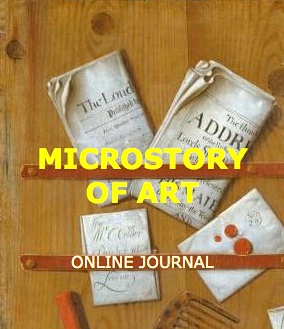
***
ARCHIVE AND FURTHER PROJECTS
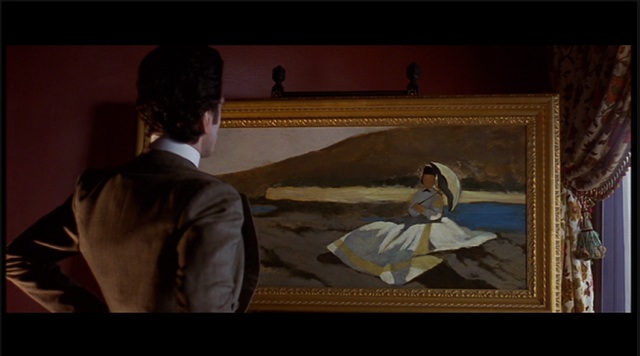
1) PRINT


***
2) E-PRODUCTIONS
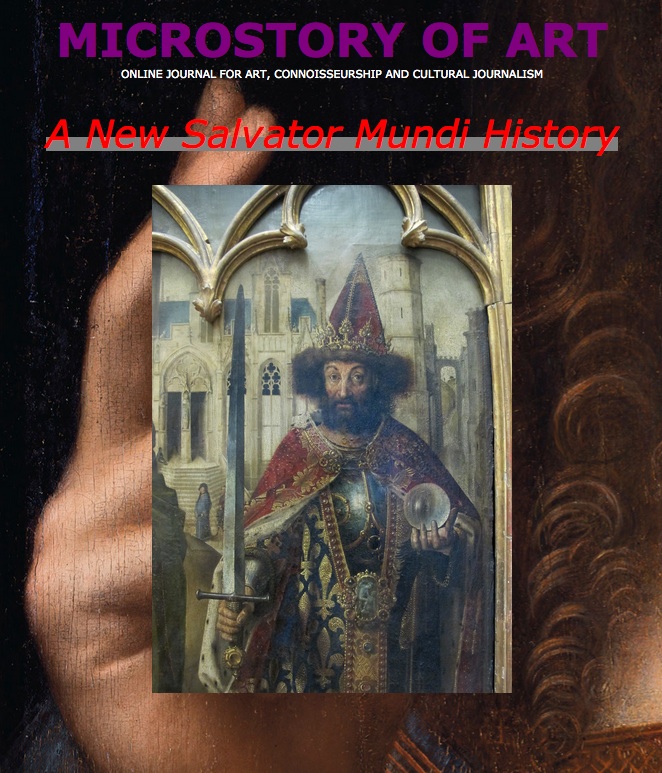
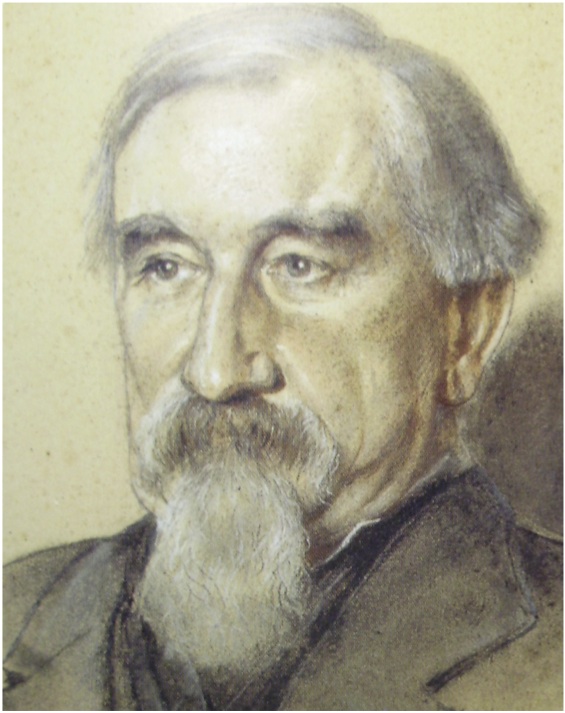
........................................................
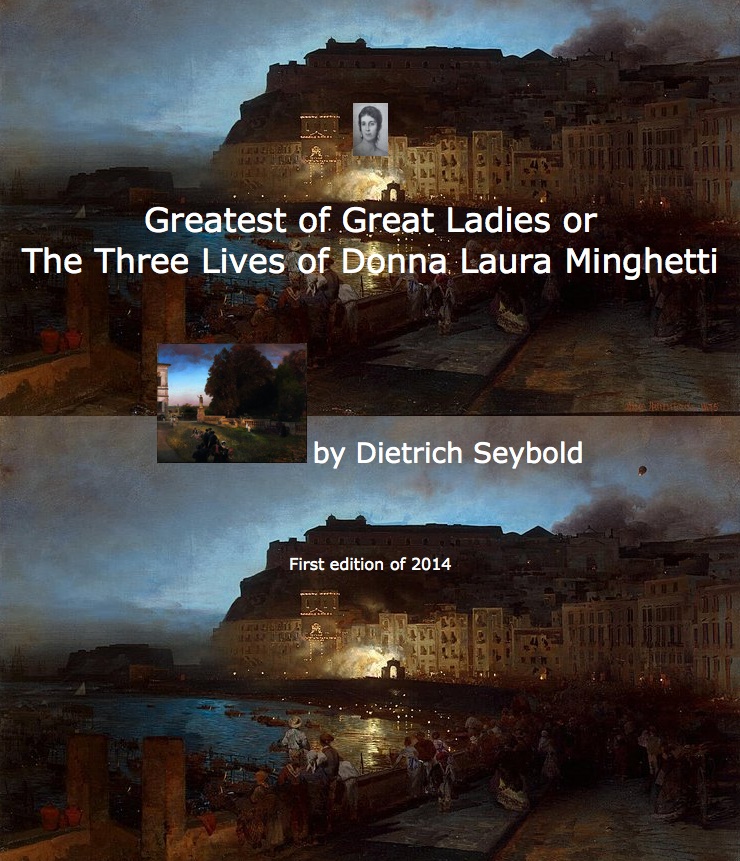
........................................................
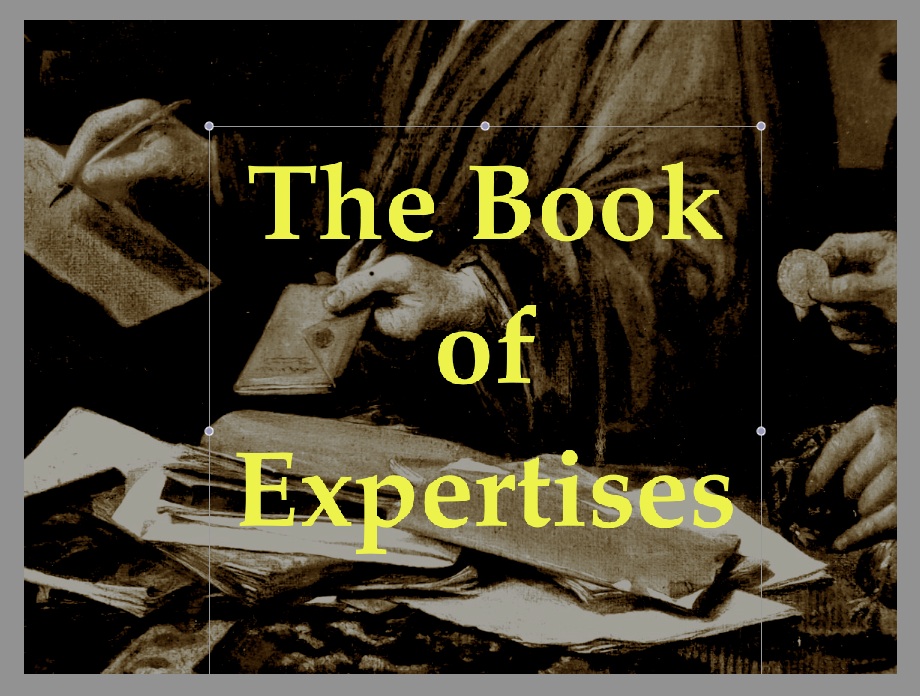
........................................................
FORTHCOMING:
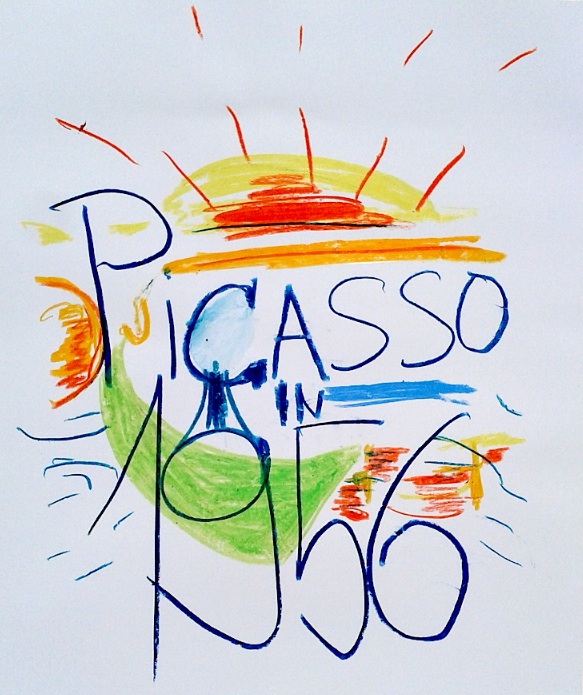
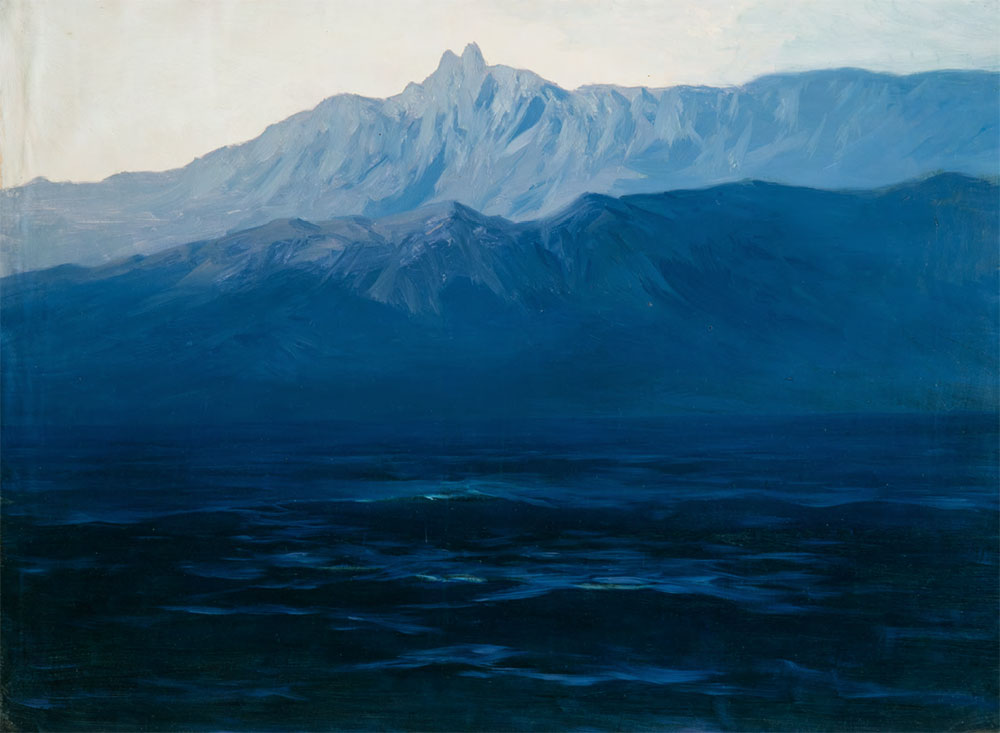
***
3) VARIA

........................................................

........................................................
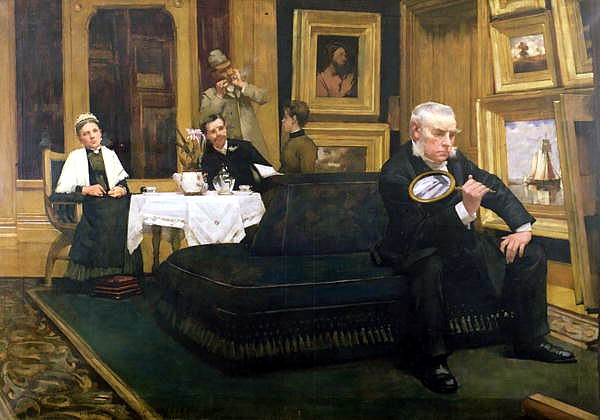
........................................................

........................................................

........................................................
***
THE GIOVANNI MORELLI MONOGRAPH

- The Giovanni Morelli Monograph
........................................................
MICROSTORY OF ART
ONLINE JOURNAL FOR ART, CONNOISSEURSHIP AND CULTURAL JOURNALISM
HOME
SPECIAL EDITION
| MICROSTORY OF ART ONLINE JOURNAL FOR ART, CONNOISSEURSHIP AND CULTURAL JOURNALISM The Salvator Mundi in Early Netherlandish Painting 2  |
(29.7.2023) The Burgundian State still has a certain aura. Not the aura of the Italian Renaissance, but it has the aura of an European Atlantis. The state is gone, but its splendour, its art, and also: its anecdotes – anecdotes from the lives of the dukes of Burgundy – are remembered and studied. As a student of history in the 1990s it had seemed to me that many historians actually have no precise idea of why actually they study something. Does one have to have a guiding idea of why making some period the object of your studies? I do think so, yes. You have to look over your own shoulders as a historian; you have to check, to control your own guiding ideas, brief: you have to reflect these ideas to control them. And in the case of the Burgundian state one might say: it is the picturemaking of the Burugundian State which makes it interesting (to make it the object of your studies and research). It is the naturalistic picturemaking, the embarking of painting to become a sort of illusionistic theatre, in which reality is staged, as if it would happen right in front of your own eyes (whild medieval art, in general, had simplified and used more symbolic strategies of representing reality, not less sophisticated ones). And this new tradition of picturemaking is a tradition that drove painting for a very long time and, finally, did lead to film at around 1900, at the time illusionistic picturemaking was challenged (as being superficial, one-dimensional, and hence outdated) by Modernism.
According to German art historians the painters of the Burgundian State, in the Burgundian State did come up with Salvator Mundi iconography. But this is a standard narrative of Salvator Mundi iconographic history that also has to be challenged.
1) Challenging the Standard Narrative

Our two excursions into medieval art history have shown: Salvator Mundi iconography did exist long before the Early Netherlandish painters provided their versions of it, rebranding, if one might say so, the tradition. Salvator Mundi iconography, also in terms of the frontal representation of Christ (besides the representation of the Christ Child, often in three-quarter view) was not the invention of Early Netherlandish and Flemish painters, and it was not the invention of Rogier van der Weyden (of whom Ludwig Heinrich Heydenreich thought that he might have been the designer of the iconographic pattern). The truth is different, which means that the standard narrative is largely false, misleading, since Salvator Mundi iconography was not the result of a fusion of the Vera-icon tradition and the Christ in Majesty iconography in the 15th century. It only appeared to be (because many art historians of the period, especially the period of the Renaissance, do not know medieval art well enough). The frontal representation does appear in the Basel Antependium, and, more important as to the development of a tradition, in book illustration (the Psalter of Saint Louis had been our example). And also the representation of the Christ Child as a Salvator Mundi does appear in medieval art (in statues of the Madonna and Child, as we have seen). Which means that the Early Netherlandish Painters, the painters of the Burgundian State and Court ›only‹ renewed the tradition (which was obviously transmitted by French art, but not only by French art), but under the conditions of contemporary oil painting, which was new, and embarked on unfolding its potential in spiritual art. In realistic representations of the major figures of the Christian faith as if they would appear right in front of the eyes of a beholder. This was convincing, but also frivolous and had a potential to arouse criticism of the image as such. And one has to remember also that right in the middle of the 15th century the Ottoman Turks did conquer Constantinople, installing a culture of the image that was rigidly hostile to representations of God. While in Early Netherlandish painting it was not only the naturalistic representation of Christ which was obviously demanded by commissioners, but also the representation of God the Father, as well as the representation of the Trinity. And Salvator Mundi iconography, this is a fact also strangely neglected by German art historians, is not only iconography of Christ, but an iconography of Christ which is embedded into the iconography of the Trinity, and was developed, as one might say, in parallel to an iconography of God the Father, who appeared in exactly the same frontal pose as Christ, the son of God, did appear, and often holding an orb, just as Christ was holding an orb, as the Salvator Mundi.
The standard narrative of Salvator Mundi iconographic history, we have said it very often now, was and is also blind on the political eye, in that it explained the iconography as a fusion of two iconographic traditions. In truth Salvator Mundi iconography had always existed in political context, in the context of political theory, and in the context of political realities, which, in some cases, had been imperial realities. But also in the iconography of the French monarchy Salvator Mundi iconography was applied. And this, probably (since futher studies would be helpful), was the tradition also the painters of the Burgundian State (which placed itself as a political power in its own right into the political landscape of Europe, as a power, in between the powers of the French monarchy and the British), this was the tradition the Burgundian painters probably drew on. In modernizing the image. Of Christ, as well as of the Trinity, and of God the Father. Perhaps in a dialogue with Italian painters, but it does appear that, during the first half of the 15th century it was rather Early Netherlandish painting which was innovative, but this happened in the realms of the Burgundian State. The European Atlantis. And it is not as well remembered as the Italian Renaissance.
2) Representations of God the Father


It might be that the actual iconographic innovation in Christian iconography of the 15th century was the representation of God the Father, often shown with blessing gesture and orb, as in the representations of Christ as the Salvator Mundi. God the Father had probably not been represented like that before, or even as early as in the 11th century. Now, when painting embarked on the adventure of naturalism, verism, and when it showed interested in material surfaces (and began to study them and imitated them in illusionistic ways), the painters turned into specialists of staging a spiritual theatre with, as it seemed, real people being present. Real people, in the roles of God the Father, or Christ? Or God the Father as well as Christ being present, as it seemed. We know probably all-too little as to the ways ordinary people of the 15th century experienced such representations. Or how exactly the makers of these pictures experienced them, in Burgundy, France, or Italy. But it is obvious that the actual iconographic configuration behind the various representations of Christ and of God the Father was the idea of the Trinity. Perhaps it is also the idea behind the representation of the Allmighty in the Gent Altarpiece (on the left), seemingly a representation of Christ, but rather a representation of God the Father, and very similar to representation of Christ as the Salvator Mundi in Early Netherlandish art, not lacking the insignia of a ruler, but lacking the orb.
On the other hand, and besides the veristic representations of God the Father in Jan van Eyck, we find, as for example in the Allegory by Jan Provost (shown in the title, and on the right), other artistic strategies. Strategies that seem to anticipate Surrealism, but certainly can be interpreted in the framework of Christian iconography. The hand of God, as it shows here, seems to anticipate also the detail of the orb, as we are used to see the orb, due to the Salvator Mundi saga of the early 21st century.
While we are used that painting, still the medium which is regarded to be the most important one, is highlighted all the time, miniatures are not. And yet these illuminated manuscripts, prayerbooks, psalters and other illustrated texts for reading and for praying probably have a very important role, as to the transmission of an iconographic tradition. In the so-called Rothschild Prayerbook we find, as in a nutshell again, many artistic traditions gathered, as well as many hands at work, and this at a time the Burgundian State had already vanished. So let this be the final point of our contemplating of an iconographic tradition. And what we find, is for example a representation of the Trinity, with God the Father as well as with Christ, and with, here one orb only (as shown below).
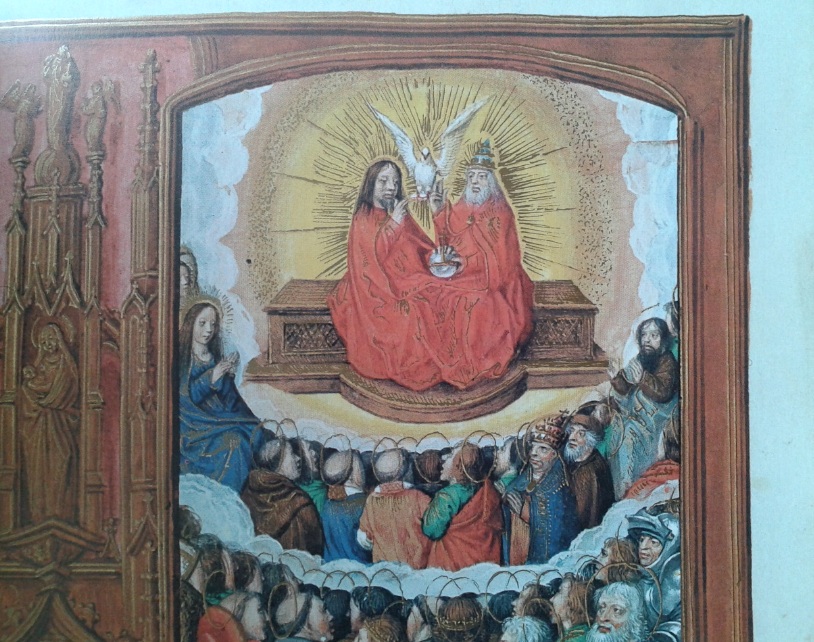
(Picture: DS, after Unterkircher, p. 69 (fol. 41v, detail)
3) The Rothschild Prayerbook as a Sort of Summary
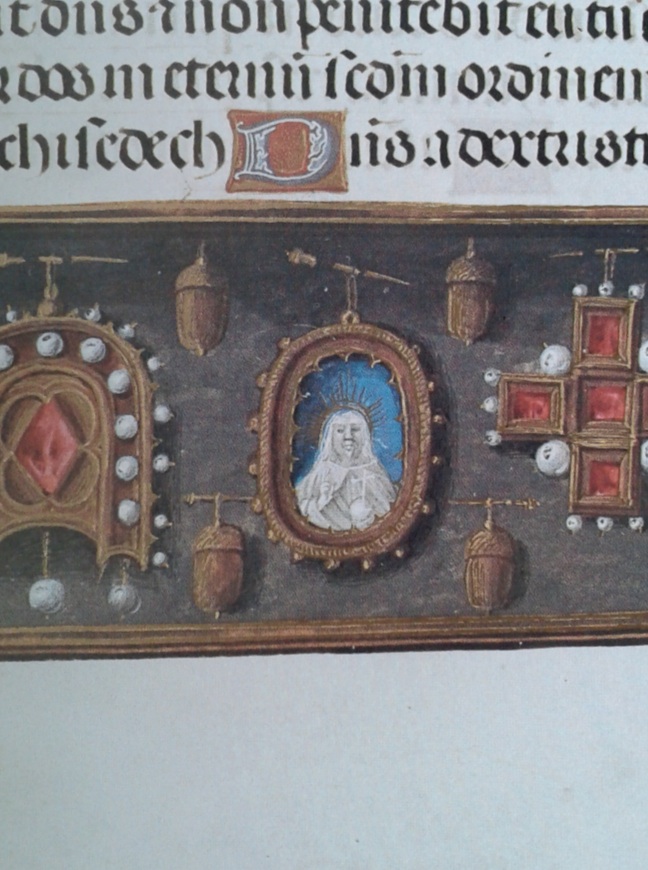
(Picture: DS, after Unterkircher, p. 91 (fol. 125r, detail)
In search for Salvator Mundi iconography of the 15th century we stumble over such representations all the time. God the Father does appear in Burgundian as in Italian art (in Fra Angelico, as we had seen). And also Leonardo da Vinci must have provided a design, since such representation had been commissioned by the commissioners of the Virgin of the Rocks.
But this is the mainstream tradition which is highlichted all of the time, while the Salvator Mundi in the Rothschild Prayerbook is one of the rather unknown ones. It shows in terms of a medallion, and has been misunderstood as the representation of a saint. But this is a Salvator Mundi which is a contemporary of the design by Leonardo. Hidden in an illuminated book, and brought to light only by research meant to enlighten the history of Salvator Mundi iconography. So let these two iconographic varieties be the final point of our endeavor for the moment. And may this Prayerbook (as all the other examples of Salvator Mundi iconography) inspire further research, into the regional iconographies, or into the various political contexts that, not alone, but also make the history of Salvator Mundi iconography.
Selected Literature:
Franz Unterkircher, Das Rothschild-Gebetbuch. Die schönsten Miniaturen eines flämischen Stundenbuches, Graz 1984
(8.2.2023) Leonardo da Vinci probably wasn’t in any way dependant of a reimport of Early Netherlandish Salvator Mundi iconography when providing his own (?) Salvator Mundi design in c. 1494/95. As I have shown the basic scheme – with the arm with the blessing hand raised (see picture on the right; Giovanni del Biondo) – did already exist in 14th century Italian painting (and only the book of life had to be replaced with an orb). An early Italian tradition Ludwig H. Heydenreich did obviously not know when assembling what he could find of related iconographies for his 1964 essay in the Raccolta Vinciana. An essay that, in many ways, has not passed the test of time. Heydenreich’s perspective was definitively too narrow (as we will go on to show here), even if there indeed might have been a mutual influencing of Italian and Early Netherlandish iconographies. But it is worthwhile, for a number of reasons, to look at Early Netherlandish Salvator Mundi iconographies very in detail, as we will see in this first part of a two-part essay.


One) A Configuration of Iconographies
In Jan van Eyck we encounter the frontal Vera-Icon iconography (even if his original is lost) as well as a Salvator Mundi iconography that has not yet been looked at very carefully. In fact, if we begin our journey with Jan van Eyck (and with the Virgin and Child with Nicolas Rolin of 1435), it is becoming obvious that we have to do with a configuration of iconographies in which any frontally depicted (adult) Christ is only one possibility, one possible solution of the problem of how to depict Christ as a Salvator Mundi. I had, for practical reasons, defined a Salvator Mundi as a ›blessing Christ holding an orb‹. But iconographical types are only abstractions of what we may find in reality. And what we find, if looking closely into Early Netherlandish painting, is for example that depictions of God the Father are very close, very similar, and do exist actually in parallel to the Salvator Mundi iconography, due to blessing gesture as well as orb or globe in both iconographies (we will come back to that later); and we find other variations of the Salvator Mundi iconography. For example the depiction of Christ as a child, not shown frontally, but in three-quarter view, and holding a (miniature) globus cruciger, with his right hand blessing chancellor Rolin, in the Virgin and Child with Nicolas Rolin, a painting that Jan van Eyck provided for chancellor Nicolas Rolin in 1435. A painting that has and still is giving us much to think about.

Two) The Role of Nicolas Rolin
In the early 1980s one did know that Jan van Eyck had actually meant to paint also the purse of chancellor Rolin, and that, later in the process, someone must have decided not to render that purse (which is lacking in the finished picture).
In about 1990 it became clear, due to technical investigation by means of infrared reflectography, that originally Van Eyck had not intended to paint a blessing Christ (since the right arm of the Christ child had not been raised at all), and since then (it was revealed in the Palettes series by Alain Jaubert in 1989, but published by Louvre scholars somewhat later; for bibliographical references see here) we do know that probably Nicolas Rolin himself had intervened to have the Christ child in the picture bless his, Rolin’s representation in the very same picture. A rather spectacular art historical find by means of technical art history!
And the picture, itself one of the most spectacular pictures in Early Netherlandish painting, since then, must be seen as an example of an important political figure using the means of images, of pictures, of paintings, to establish a view on himself as a historical figure, as someone being blessed by Christ (or wishing to be so). The picture, which is not only a most spectacular example of central perspective and of landscape painting, a picture that indeed acts as if it, the picture, in fact was a window into another reality, is thus also an example of a painting that must raise the question of what reality, whose reality do we see here, and who is actually establishing the reality that we are meant to see here.
One might say that we look into a space which is a conglomerate of an imagined quasi-historical space, but also an imagined spiritual space and in result an imaginary space, and while we are looking into that ›window‹, into the architectural landscape set into an urban as well as a natural landscape, our gaze crosses, as one might say, the act of blessing that is happening here. And since we know that, probably, this was the intention of chancellor Rolin himself, we must ask, on the basis of what we know, if it is in fact chancellor Rolin who stages and creates this Salvator Mundi iconography, and if, by doing that, chancellor Rolin is perhaps (as Alain Jaubert had written) staging the illusion of an illusion, which he does, in some sense, establish only helped by Jan van Eyck (the one illusion being the act of blessing, the other being the picture in its quality as a window that allows us to look into that window, but specifically also to notice that chancellor Rolin is being blessed or imagines to be so, or wishes to be blessed in a pictorial representation).
Three) Images of What Realities?
The painting raises further questions that are relevant also regarding any later Salvator Mundi iconography, because the painting raises the question of the status of painting and of the relation of the pictorial space, the space that is shown to us in the painting, with the real historical space of its context. In other words: if the Salvator Mundi iconography develops to be mainly one of frontally depicted representations of Christ, we must raise the question what actually did happen between a viewer at the time of the Renaissance and such a Salvator Mundi painting in which Christ was shown frontally, and shown to give a blessing gesture. Any viewer could imagine him- or herself being the one addressed by Christ, as chancellor Rolin is the one addressed by the Christ child in the painting commissioned by Rolin. But strictly speaking such picture (of a frontally depicted Christ) could only be thought as symbolically referring to Christ blessing a person, since a picture of Christ is not identical with Christ himself, and any pictorial blessing is not a real gesture.
One may wonder if at the time of the Renaissance, when representation grew to be more convincing, more naturalistic, more real or hyper-real – if men and women of the Renaissance made such distinction between pictorial reality and actual (perhaps spiritual) reality; because it is not easy to know in what way men and women of the Renaissance perceived such pictures, and lived with such pictures. The painting by Jan van Eyck actually does already foreshadow the question that Bruegel was to raise much later, when depicting a Netherlandish proverb (see picture on the right), the proverb of ›attaching a flaxen beard to the face of Christ‹, by which Bruegel was exactly raising the question that has to be raised regarding chancellor Rolin: does someone simply make use of Christian iconography, with the aim of having him or her to appear pious?

Due to infrared reflectography we might have a tool of unmasking some patrons of pictures – given that, as it seems to be the case here, that a blessing gesture that had not been part of the original concept of the artist, is introduced into a picture, having chancellor Rolin appear as being blessed by Christ in the end and for all times. And this by a very young Christ, shown, due to his attribute, a globus cruciger, as the Salvator Mundi. Salvator Mundi iconography, or at least some individual picture, is not simply just spiritual iconography, and not necessarily as innocent and spiritually correct as it may seem. In fact, the use that is made here of this iconography, casts the shadow of a question on every pictorial representation that makes use of Christian iconography: whose reality are we meant to see, and for what purposes such iconography has been used in the individual case? And this is the first lesson to draw from looking into the Salvator Mundi iconographies of Early Netherlandish painting.
MICROSTORY OF ART
ONLINE JOURNAL FOR ART, CONNOISSEURSHIP AND CULTURAL JOURNALISM
HOME
© DS